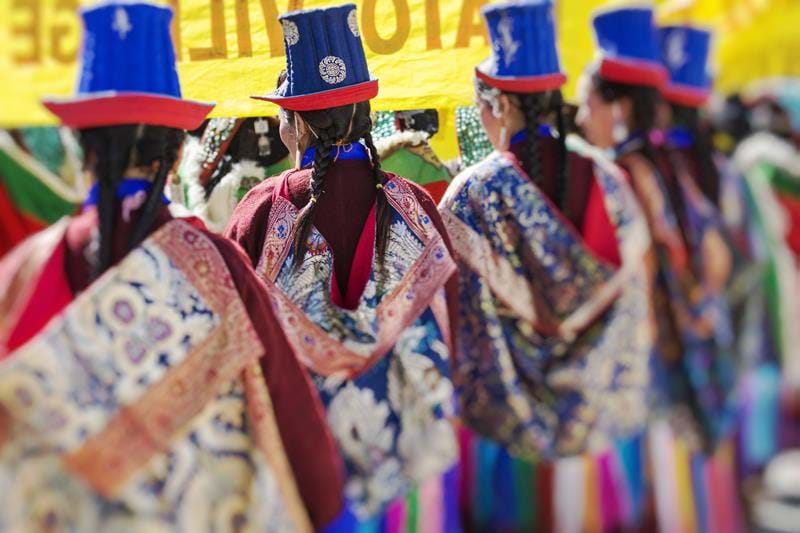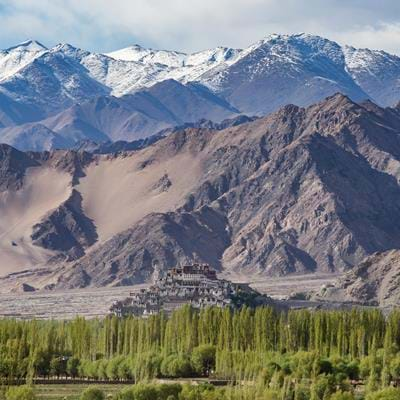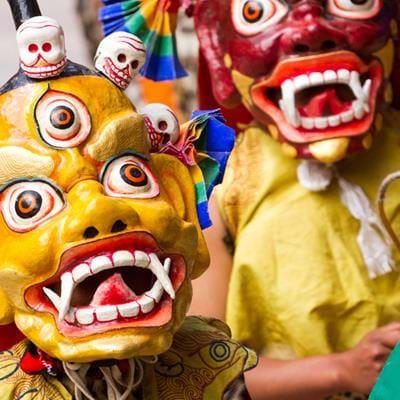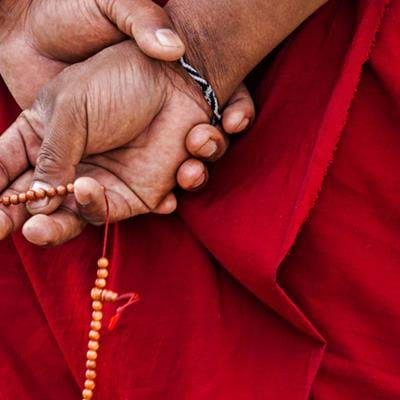India 28.02.2020 DAVID ABRAM
One of the most vibrant expressions of traditional Ladakhi culture visitors to the region may experience are its monastery festivals. Each of the major ‘Gompas’ host their own, usually involving ‘Cham’ dances performed by monks dressed in extraordinarily colourful masks and robes.
The performers process around the monastery courtyards watched by crowds of rapt onlookers, many of them dressed in their finest traditional long, wine-coloured ‘gonchas’ (ankle-length woollen coats buttoned across the chest) and ‘peraks’ – impressive, winged headdresses encrusted with rows of large turquoise, coral and tigers-eye stones. Accompanying the ‘chams’ are orchestras of monks playing an array of antique, Tibetan-style instruments, from giant copper trumpets the size of Alpenhorns, to clashing cymbals and drums. They create a wailing, rhythmic cacophony that perfectly underscores the gyrations of demons, devils and saints featured in the stories being enacted.
If you’re in Ladakh when one of the big monastery festivals is taking place, it’s always worth trying to organize your trip to include it. Although the majority take place in the winter (after all the important farm work of the year is done and local people have more leisure time) an increasing number are held over the summer months to take advantage of the annual tourist influx.
Here’s a selection of our favourite. Precise dates vary from year to year according to the Tibetan calendar; your TransIndus consultant will be able to find out what they are.
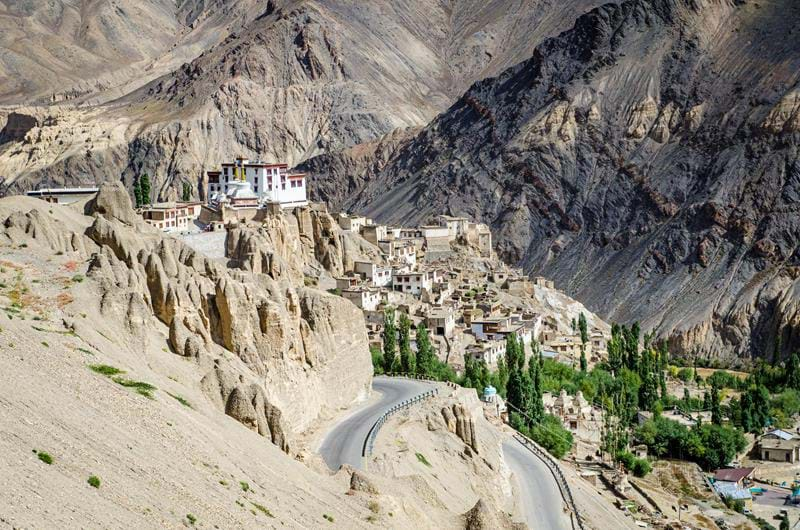
Yuru Kkabgyat, Lamayuru
Lamayuru is the best part of a day’s drive west of Leh and so not commonly featured in tours of the region, but it’s well worth making the detour to see – especially if you’re a keen photographer – as the setting, framed by a spectacular backdrop of eroded desert mountains, is superb. The monastery festival, known as ‘Yuru Kabygyat’, is staged over two days during July and August, and includes a ‘cham’ dance featuring particularly wonderful costumes.
Hemis
Ladakh’s most famous monastery festival is the one held in Hemis Gompa, to the southeast of Leh. The location of the complex, tucked into a fold in the mountainside, is less imposing than some, but the large number of resident lamas and overall scale of the event make this a un-missable one for anybody within range when it takes place in August.
For foreign visitors, the wonderful Ladakhi costumes worn by the locals who travel to Hemis and camp around the monastery for the duration of the festival are as much of a draw as the masked dances.
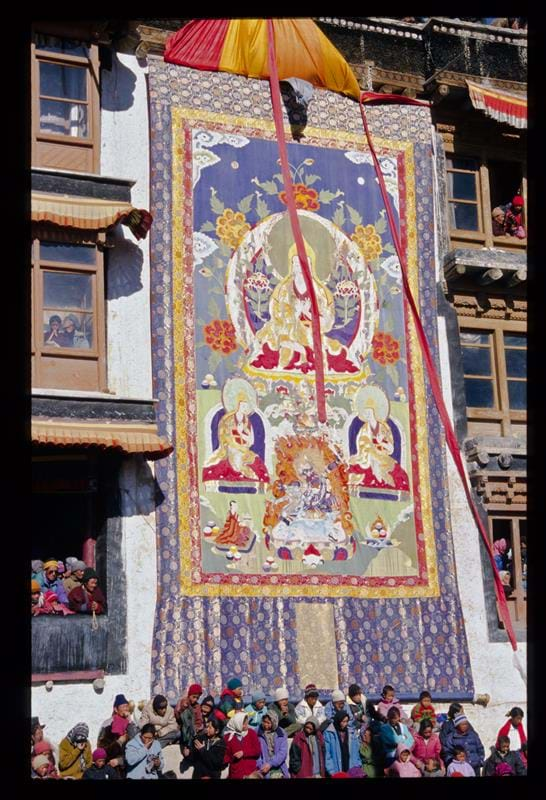
Phyang Tsedup
Phyang, near Leh, is an easily accessible monastery that holds its annual Tsedup festival on in the months of July or August. The highlight here is the unveiling of a huge silk ‘thangka’ (piece of sacred silk appliqué), representing the triumph of Good over Evil – the same battle played out in the masked ‘cham’ dances. Tsedup is dedicated to Skyoba Jigten Gombo, 12th-century founder of the Drigungpa monastic order, of which Phyang is a part.
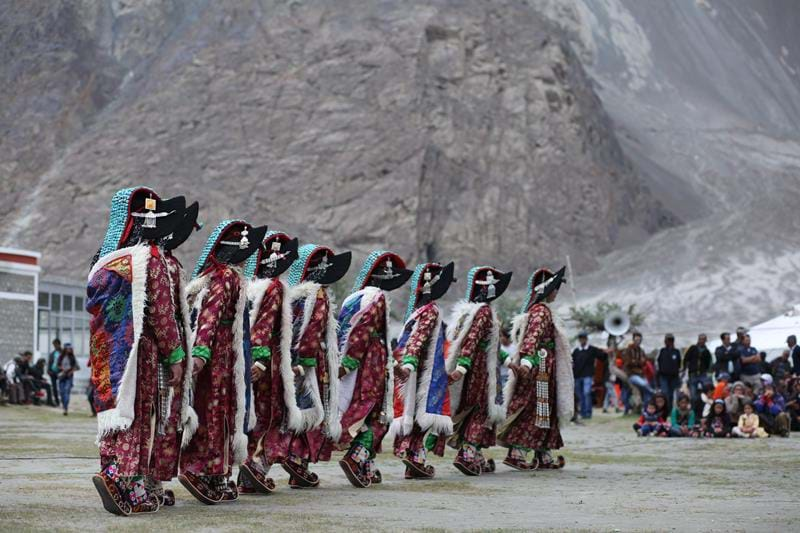
Matho Nagrang: ‘Festival of the Oracles’
Perched on a rock outcrop overlooking the Indus, Matho is always one of the monasteries our clients most enjoy, because it’s a little more off the beaten track than most and as a consequence has preserved its traditional Ladakhi atmosphere.
The main performances during its annual festival, held in early spring, revolve around three Oracles, drawn from the ranks of the resident lamas. The monks don special costumes and enter spirit possession trances, during which they perform spectacular stunts, such as cutting themselves with knives and walking along the tops of high walls blindfolded. While in a state of possession, they answer questions on religious matters as well as requests for advice on the future from worshippers.
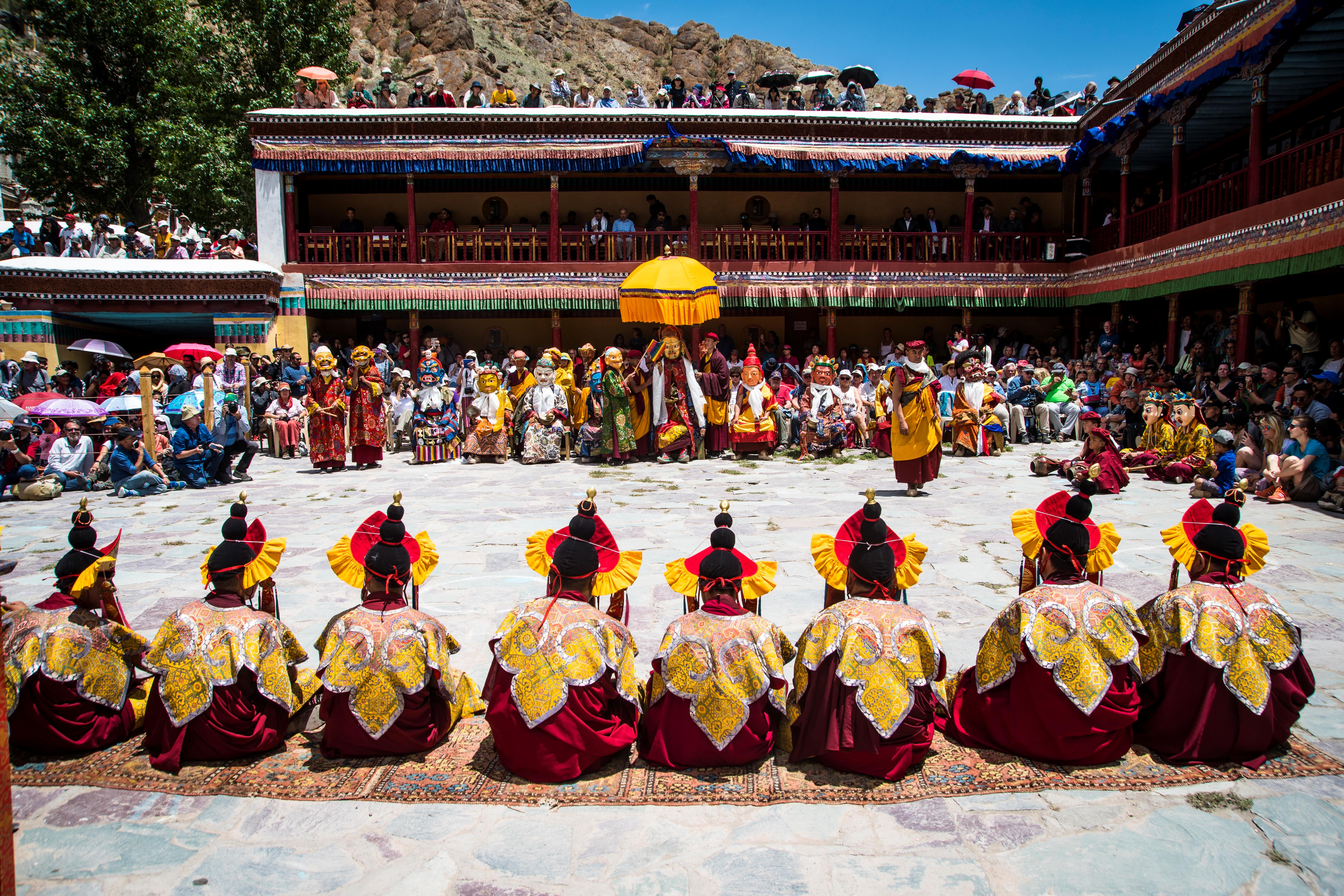
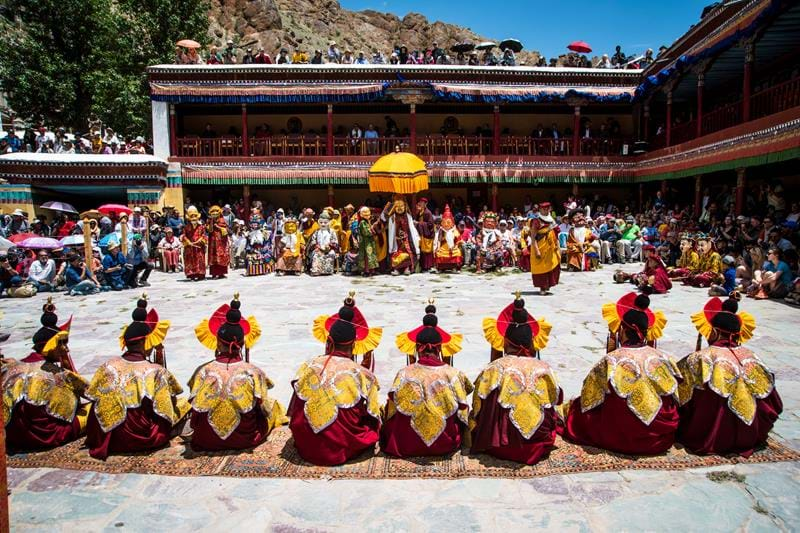
Ladakh Festival
The local tourism organization stages this week-long festival of arts and culture each September, and although it’s not as authentic as the monastery events, you do get to see a wonderful array of traditional costumes and watch spectacular music and dance performances, polo matches and archery competitions. It’s held outdoors on the edge of town, with the formidable Tibetan-style palace and snow-streaked mountains as a backdrop.
Find out more about Ladakh by contacting our team of India specialists at the TransIndus office in London on 020 8556 3739.
Suggested Tours
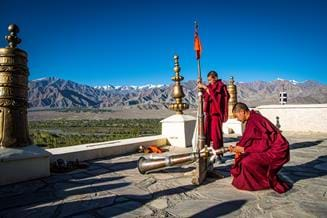
'Little Tibet' Ladakh In Style >>
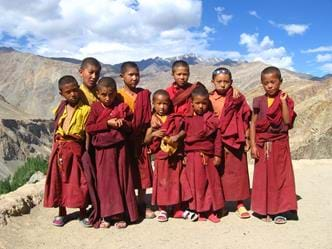
Ladakh for Families >>
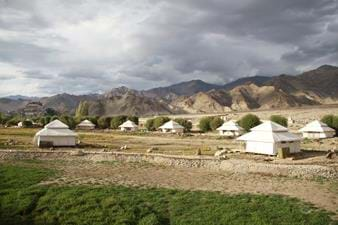
The Ultimate Travelling Camp: Ladakh >>
